Tidal Exchange
ROOM ENOUGH FOR ALL OF US
Taylor Honrath, Development Director
In celebrating the milestone of ESF’s 40th anniversary over the past year, we’ve also been reflecting on the next 40 years. How can stewardship of Elkhorn Slough expand and adapt as climate change intensifies, sea level rises, and the diverse community of species native to
this place finds itself increasingly under threat? In many ways, our watershed is a microcosm of the world at large, with its complex tapestry of ecologies—public infrastructure and industry, working agricultural lands, settled towns and (continued on
 newsletter of the elkhorn slough foundation fall 2022
newsletter of the elkhorn slough foundation fall 2022
page 3)
Photo by Edmund Lowe Photography
Elkhorn Slough Foundation
board of directors
Bruce Welden President
Robert Hartmann Vice President
Tara Trautsch Secretary
Anne Secker Treasurer
Anne Olsen Past President
Gary Bloom
Judith Connor
Terry Eckhardt
Sandy Hale
Emmett Linder
Kent Marshall
Hon. Susan Matcham
Laura Solorio, MD
David Warner
Mark Silberstein Executive Director
The mission of the Elkhorn Slough Foundation is to conserve and restore Elkhorn Slough and its watershed.
We see Elkhorn Slough and its watershed protected forever— a working landscape where people, farming, industry, and nature thrive together. As one of California’s last great coastal wetlands, Elkhorn Slough will remain a wellspring of life and a source of inspiration for generations to come
PO Box 267, Moss Landing California 95039
tel: (831) 728-5939 fax: (831) 728-7031 elkhornslough.org
Tidal Exchange Ross Robertson, Editor
RESERVE UPDATE
Restoring Forest Ecosystems
Dave Feliz, Elkhorn Slough Reserve Manager
After another year of what has now become a eucalyptus logging operation, it’s interesting to reflect on how this project fits in with the history of the Elkhorn Slough forests. It’s been more than 150 years since the mature oak forests were cut down for fuel and warmth, and more than 100 years since eucalyptus trees were planted in tremendous numbers in California.
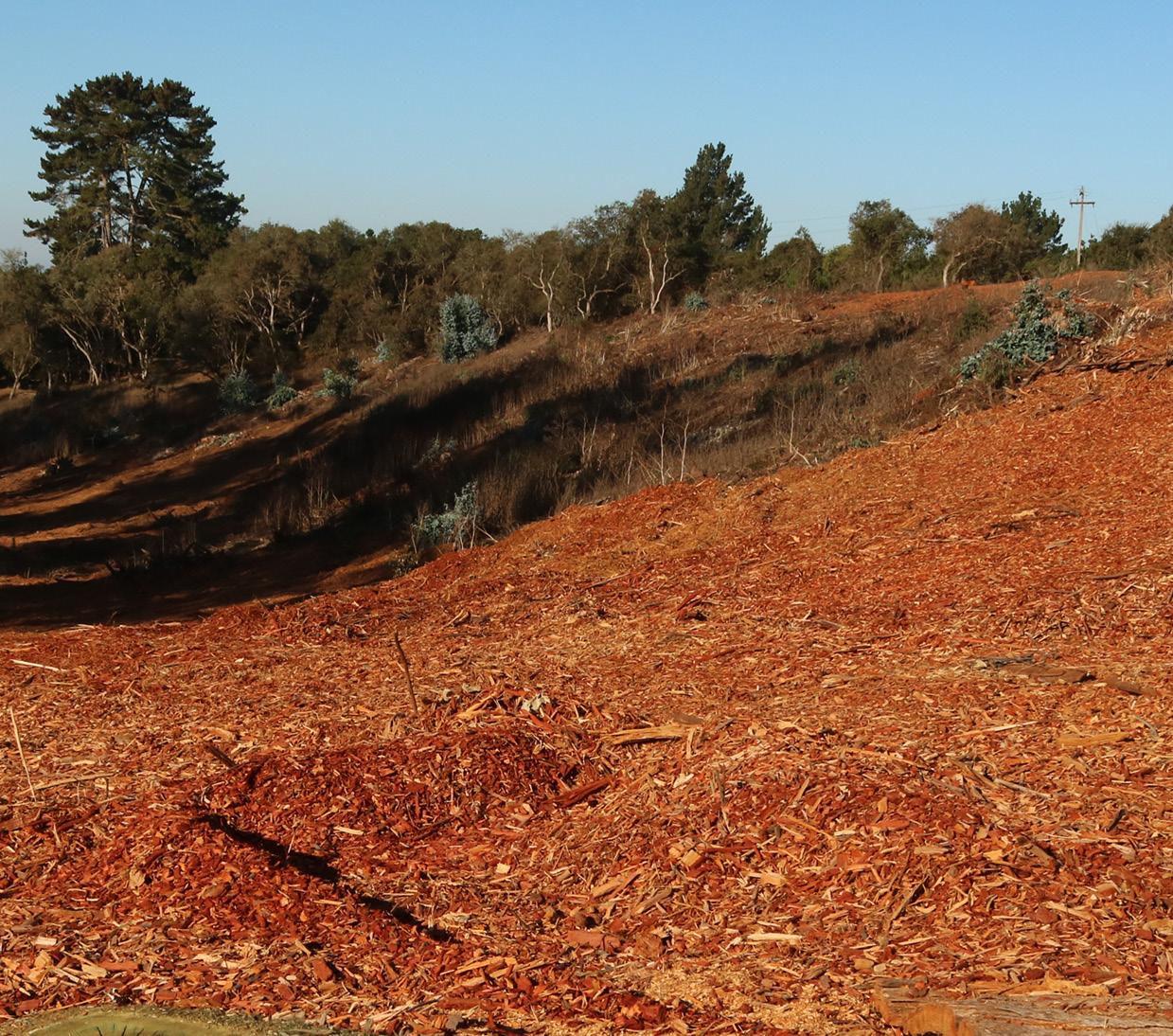
As we take down these giants, we can see again to the next ridge, and the next, all the way to Monterey—a view not enjoyed for decades. Owl Canyon is now an open valley covered in stumps and wood chips. Areas cut last year are dotted with thistles, to the delight of the lesser goldfinches. At Five Fingers, where trees were removed six years ago, spindly oaks that toiled in the shadow of eucalyptus for 70 years now have full access to sunshine. On the hills over looking the North Marsh, some 25 years after eucalyptus was taken out, a gorgeous young oak woodland is developing. This area is full of birds and was recently the lair of a mountain lion.
Restoration revives the natural processes that occur in native habitats. Each of these areas is presenting oak woodlands at different stages of development; each of those stages is important to a unique suite of species. We’ve set the stage for ecological succession in Owl Canyon. No one alive today will see the mature oak woodland there in 150 years, but we do it anyway, knowing that generations of scrub jays, California quail, and wandering mountain lions will thrive because of our efforts. n
PARTNERS PROTECTING ELKHORN SLOUGH

on recycled paper
printed
© 2022 Elkhorn Slough Foundation
Above:
ROOM ENOUGH FOR ALL OF US
continued from cover
cities, and a network of natural systems and habitats. If we all can’t find ways to respond to intensifying global pressures with new vitality and resilience here, where can we?
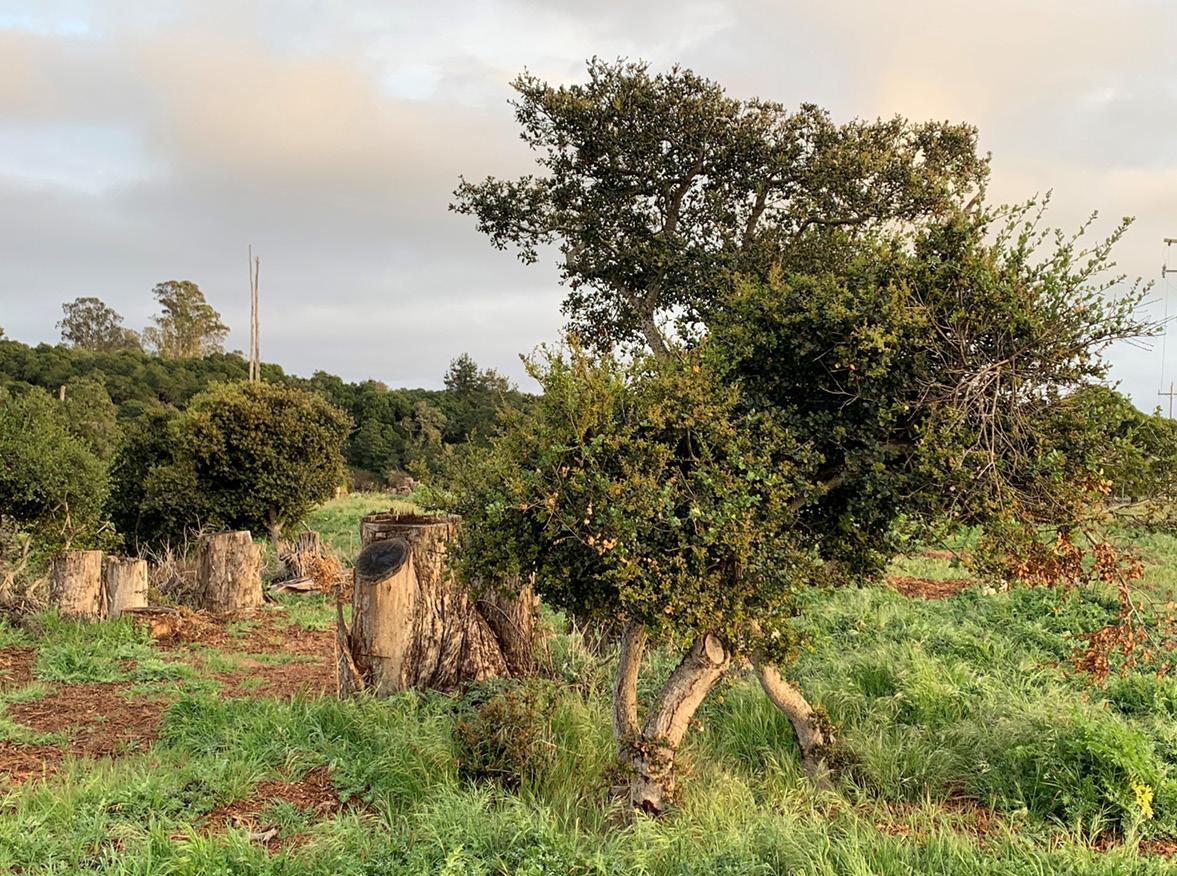
Rapid species loss is often the first indicator that environmental health is in jeopardy—the proverbial canary in the coal mine. Elkhorn Slough is an ecological rarity at the heart of California’s Pacific coast—a “biodi versity hotspot” characterized by high concentrations of endemic species and significant habitat loss. From tiny invertebrates in the mudflats to mountain lions traversing the ridgelines, the rich variety of species that live in and around the slough are especially vulnerable to development, wildlife corridor fragmentation, and changing climate.
At least a billion birds migrate annually along the Pacific Flyway, and tens of thousands of them utilize Elkhorn Slough. It may be hard to imagine, but a billion birds represent just a fraction of the number that once
made this Pan-American passage each year. “Nearly one in three vertebrate species and one in ten of California’s native plant species are in serious danger of extinction,” writes ecologist M. Kat Anderson in Tending the Wild. “As songbirds and salmon, amphibians and turtles decline, it is a sure warning that landscapes are less and less habitable for all of life.”
Here at Elkhorn Slough, this motivates us to accel erate our land protection efforts to meet the moment. We’ve identified properties with high conservation value throughout the watershed, and we’re working to raise the funds needed to acquire them when they become available. Some of these lands are home to intact habitat that supports endangered and threatened species; others have been degraded by use and are eroding into the estuary, in dire need of restoration. Acquiring both types is part of our broader strategy to reconnect wildlife corridors, limit the threats posed by development, and restore ecosystem function to better support biodiversity.
As we look to the future, ongoing stewardship and
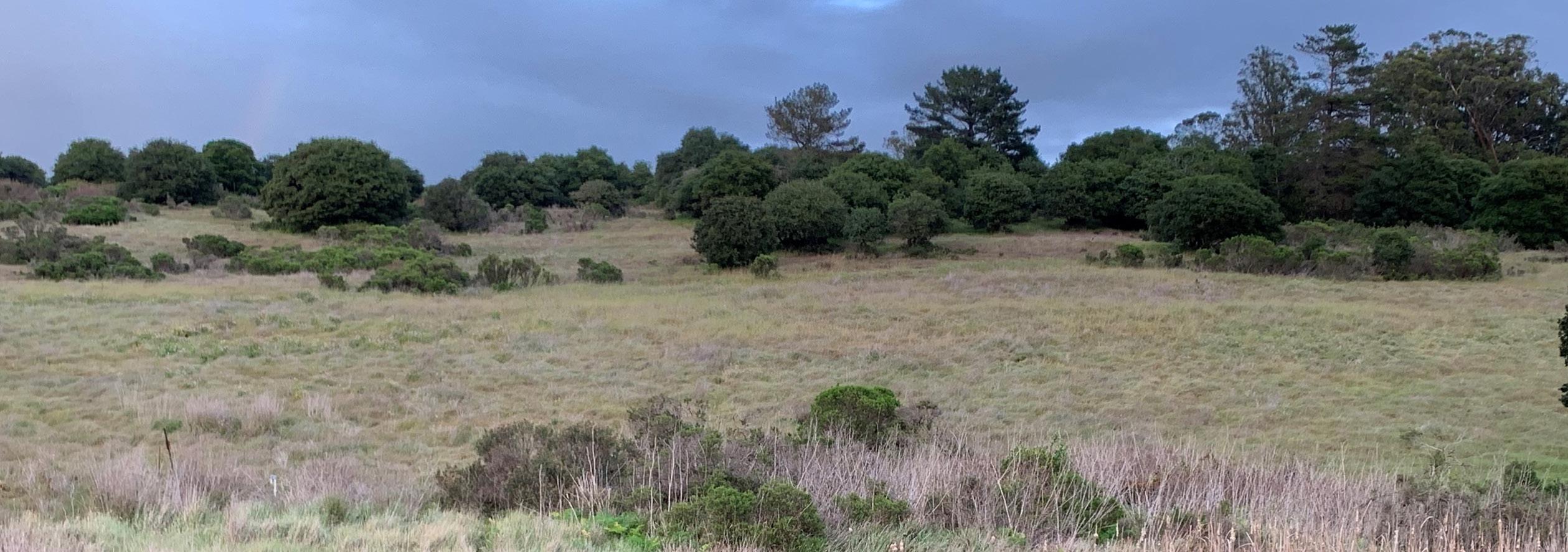
tidal exchange n 3
At least a billion birds migrate annually along the Pacific Flyway, and tens of thousands of them utilize Elkhorn Slough.
(continued on page 4)
Left: eucalyptus removal this year at Owl Canyon.
young oak woodland overlooking Elkhorn Slough’s North Marsh, where eucalyptus was removed in the 1990s; oaks growing among eucalyptus stumps. Photos by Dave Feliz.
restoration efforts are every bit as important as new acquisitions. Last year, alongside conservation partners, ESF acquired 34 acres in the adjacent Moro Cojo Slough. An area that was diked, drained, and cultivated decades ago has now been restored to wetlands, filtering runoff from the upper water shed and diverting pollutants from entering Monterey Bay. Coastal wetlands like these also serve as natural carbon sinks, sequestering two to four times more atmospheric carbon than terrestrial forests. ESF previously restored areas adjacent to this project, and staff have witnessed a dramatic increase in native and migra tory birds and other wildlife. The progress made at Moro Cojo Slough mirrors that of the more extensive Hester Marsh restoration on Reserve lands, and the experience of both projects will inform new wetland restorations that follow future acquisitions.
Going forward, we are also committed to reducing the impact of invasive eucalyptus on lands under our care. Following on the heels of a successful six-acre eucalyp tus removal project in 2021, ESF’s stewardship team secured funds from CalFire for the removal of more than 20 acres of dense eucalyptus near the community of Las Lomas. When completed, this work will offer greater
protection from wildfire, promote groundwater recharge, and enable large-scale restoration of oak woodlands and other habitats, repairing critical native ecosystems disrupted by invasive species.
In all of this work, we’re following a holistic, watershed-level approach to conservation. Unlike many early conservationists of the 19th and 20th centuries, we don’t believe the human presence on the landscape is inherently problematic for nature. Indeed, indigenous populations in California and elsewhere have been cultivating active, functional interrelationships with native plant and animal com munities for thousands of years. Our goal is to play a role in stewarding complex landscapes in which working lands, human communities, and conservation priorities overlap and interweave. If we can demonstrate the success of this watershed approach in the coming years, we believe it can serve as a model of conserva tion to be replicated elsewhere.
As much as anything else, our success in this endeav or hinges on our engagement with the people who live and work in the watershed. Many communities in and around Elkhorn Slough have been recognized by the state as underserved. As a land trust, we will continue to
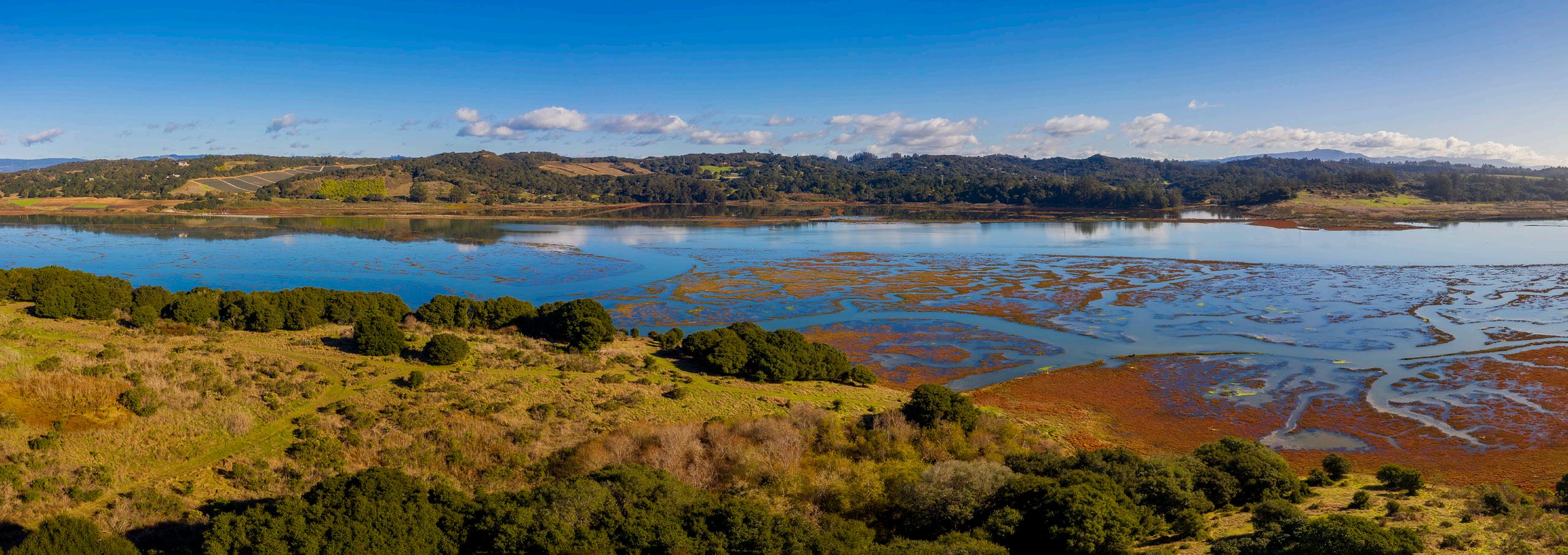
4 n tidal exchange
continued
ROOM ENOUGH FOR ALL OF US
from page 3
Unlike many early conservationists of the 19th and 20th centuries, we don’t believe the human presence on the landscape is inherently problematic for nature.
provide local schools with outdoor education opportu nities to fill inequitable gaps in access. ESF also protects five organic farms that we lease to independent farmers to provide small growers with business opportunities and help feed our communities with nutritious produce. And we feel a growing urgency to do more with, and for, our neighbors. Within the next two years, we plan to conduct a needs assessment to better understand how we can expand our reach and effectiveness as members of the watershed community.
Over the last two years, numerous communities, indigenous organizations, land trusts, and governments around the world have announced their commitment to protecting 30% of our lands and oceans by 2030. We’re enthusiastic about this “30x30” initiative and are working hard in Elkhorn Slough to help achieve it statewide. While this will be no small task, our ambition in reaching toward 30x30 is to demonstrate that human communities, working lands, and conservation can coexist; that there is room enough in the watershed for all of us.
Forty years from now, we hope we’ll be able to look back on today as a turning point. What we do now, and in the next few years, is likely to determine how much will be possible for the next generation to nourish and steward. In rendering Elkhorn Slough an example of workable and inclusive conservation, we can ensure that the victories we realize are eclipsed by the achievements of generations to come. n
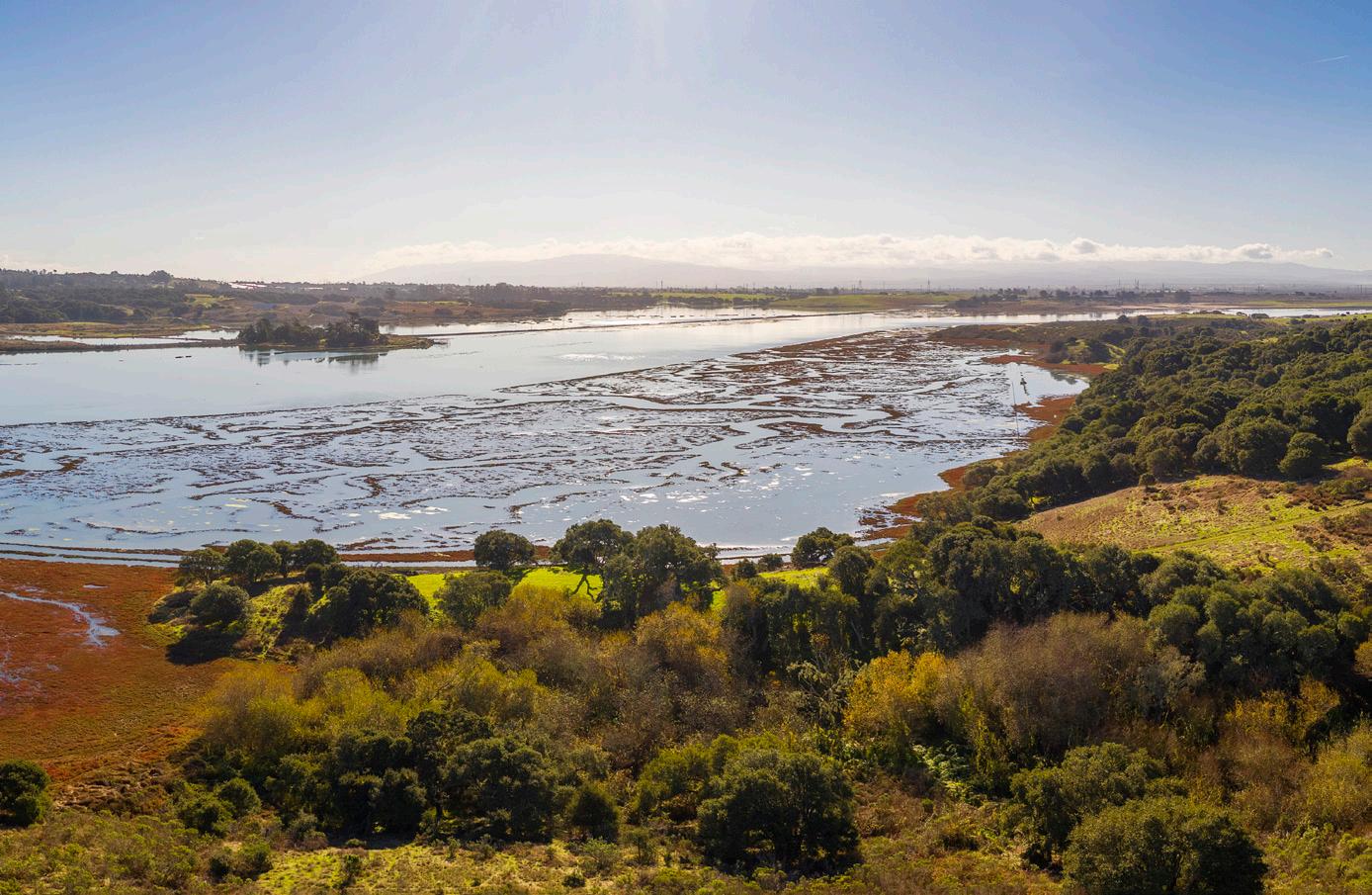
We’re honored to participate again this year in Monterey County Gives, an annual year-end fundraiser hosted by the Com munity Foundation for Monterey County, MC Weekly, and the Monterey Peninsula Foundation. Between November 10 and December 31, a portion of every donation made through MC Gives! will be matched, increasing your impact.
ESF’s campaign this year is focused on the Southern sea otter. Every dollar raised will improve water quality and key otter habitats. This work is holistic, encompassing erosion control and restoration efforts in the uplands as well as wetland recovery down in the estuary. It’s the perfect expression of our “ridgeline to tideline” philosophy for this keystone species at the heart of Elkhorn Slough.
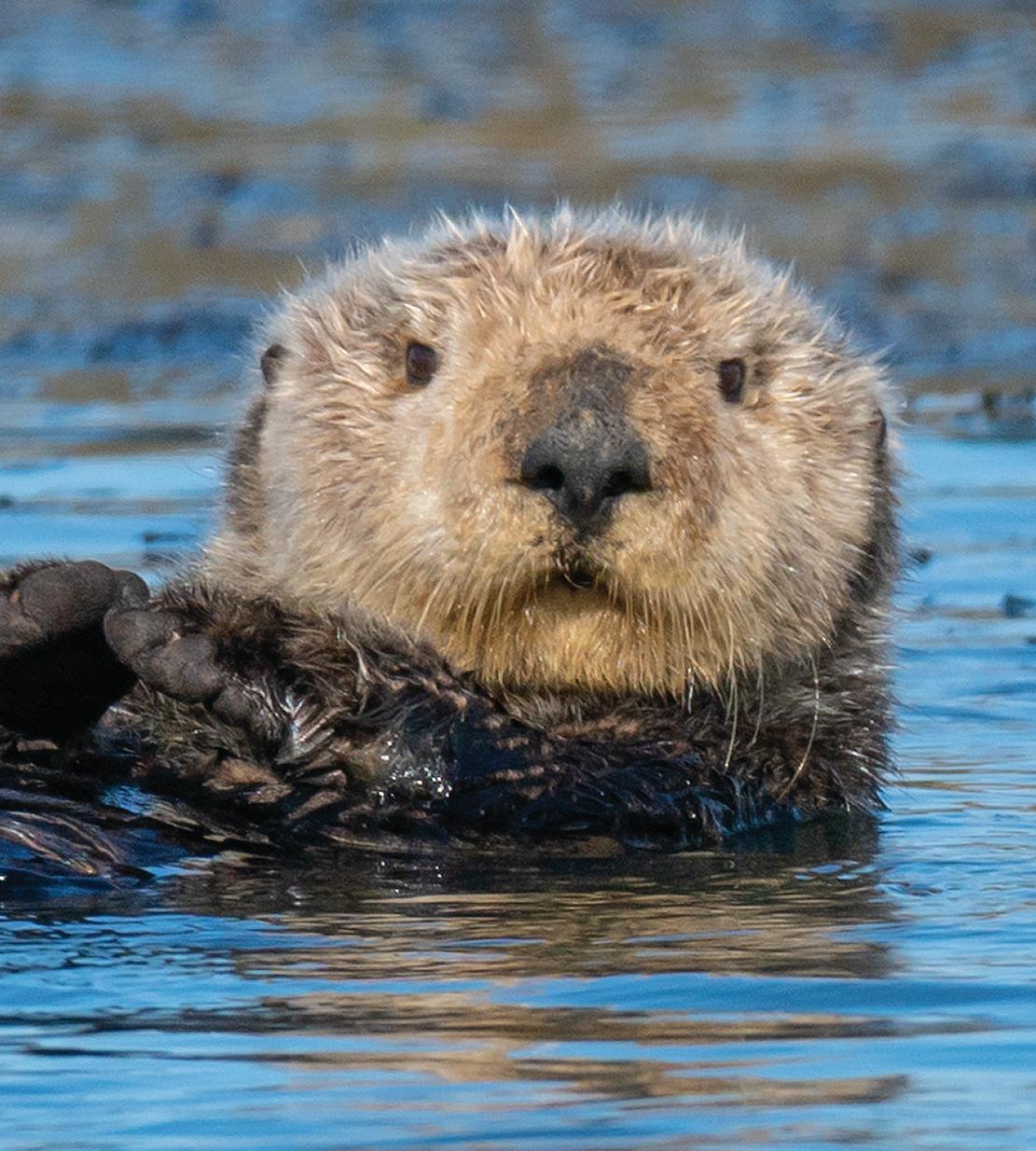
Whether you’re a new member or wish to leverage your year-end gift with matching funds from our partners, please support our MC Gives! campaign today.
montereycountygives.com/elkhorn
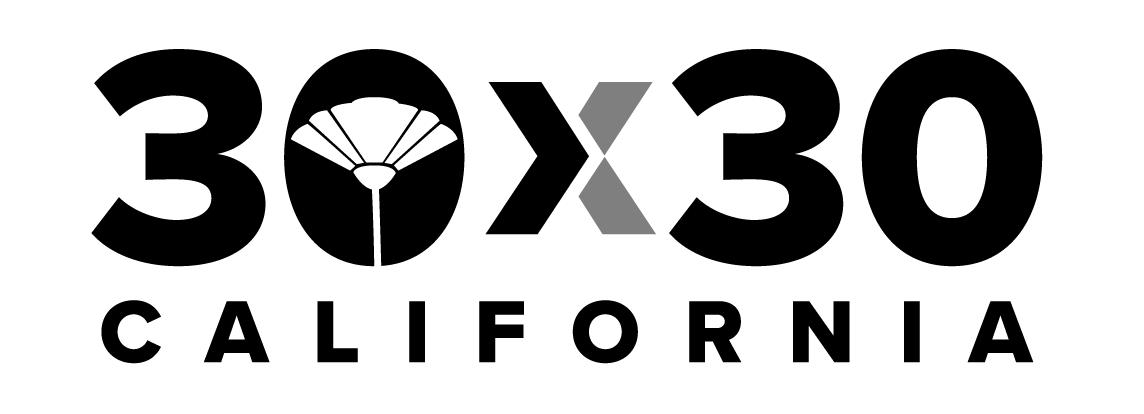
tidal exchange n 5
Photo by Edmund Lowe Photography
Sea otter by Janet Kornblum appears in our 2023 wall calendar.
I See Life Ripple Through the Trees
Prem Meyyappan, ESF Volunteer
When I came to volunteer at Elkhorn Slough in the summer of 2018, I didn’t know what to expect. I was twelve then. I’d been interested in ecology and the environment since elementary school, but there weren’t many options to do serious restoration work where I lived in the urbanized Bay Area. When I got to the slough, I expected to do more of what I’d already done: small scale stuff. Instead, I helped restore a wetland.


Estuaries across the world are under attack from pollution and rapid urbanization, but at the slough, I’m helping to save one. Whether I’m removing invasive species or fostering oak trees, I can actually see the difference I’m making. I see life begin to ripple through the trees and plants; I see a place that was once wild and beautiful returning to its former glory.
The work at the slough is long-term, with distant payoffs, but it is nonetheless incredibly meaningful. Working here has also shown me just how powerful nonprofits can be. Every day of every week of every year, ESF and the Reserve preserve the future. Change is slow and tedious, but at Elkhorn Slough, I feel confident that I am a part of it. n
As you can see from Prem’s beautiful reflections, volunteering at Elkhorn Slough can be as rewarding as it is fun. We would not have accomplished so much over the last four decades without our committed volunteers at our side. If you’d like to come out and spend time with us at the slough, there’s always a place for you here!
To volunteer, contact ESF Outreach Coordinator Juan Ramirez at 831.728.5939 x244 or visit: elkhornslough.org/volunteer-program
VOLUNTEER SPOTLIGHT
6 n tidal exchange
Volunteers Erik Blomquist and Tom Ward removing eucalyptus saplings, Elkhorn Highlands Reserve. Photo by Juan Ramirez.
What’s A Few Decades Between Friends?
Mark Silberstein, Executive Director
ESF is not alone in celebrating a major milestone this year. Fifty years ago this October, Congress passed the Coastal Zone Management Act by an overwhelming bipartisan vote. Our representatives at the time recognized that the nation’s coasts were becoming frayed to the point that we risked losing precious resources forever.
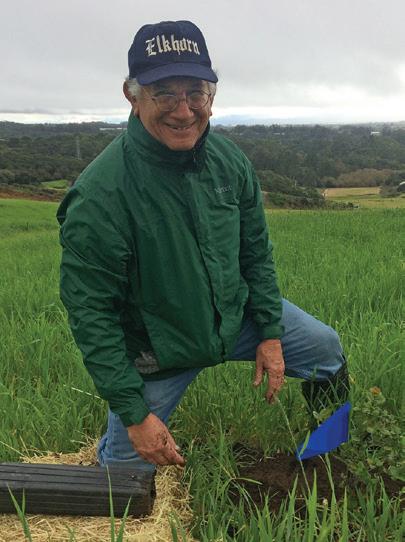
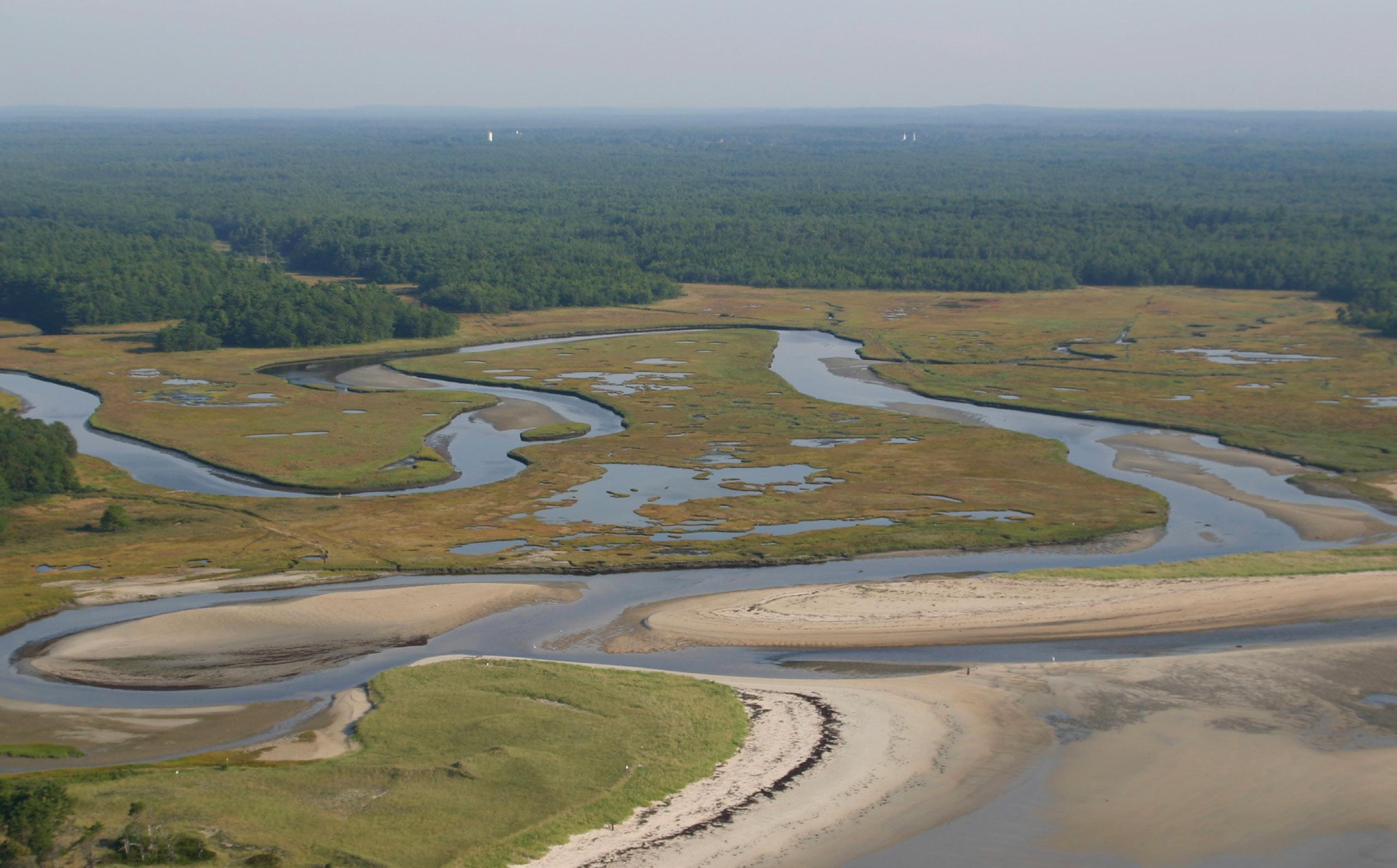
Among other things, the Act established the National Estuarine Research Reserve System, which has grown to encompass 30 Reserves around the country and protect more than 1.3 million acres of coastal habitats. This year also marks the 30th anniversary of the Monterey Bay National Marine Sanctuary, the only place in the country where a Marine Sanctuary and an Estuarine Reserve adjoin.
I’ve had a chance to visit 19 of the Estuarine Reserves, and they encompass a remarkable diversity of coastal environments. From Wells, Maine to Weeks Bay, Alabama, Padilla Bay, Washington to California’s Tijuana River, I’ve been entranced by these landscapes and the
wildlife that depends on them. One commonality at all these places is the presence of dedicated staff and community members who love, nurture, and care for them. All 30 Reserves coordinate a uniform program of water quality monitoring, provide education programs and training for teachers, communicate the latest science and research to decisionmakers in the coastal zone, and offer access to the public.
This summer, I spent a peaceful afternoon at the Wells Reserve, looking out on the Little River estuary where it flows into the Gulf of Maine, and the beauty and calm I experienced that day lingers still. It is a source of comfort and solace to me, during trying times, to know that there are places like these around the country—beacons of conservation hope and progress where we can reconnect to the natural world, recharging our spirits and energy. Please join us here at Elkhorn Slough to enjoy that connection. n
tidal exchange n 7
SLOUGH VIEW
Little River estuary flowing into the Gulf of Maine, Wells National Estuarine Research Reserve. Photo courtesy of Wells Reserve.
ESF’s 2023 Calendar is now on sale. These beloved wall calendars feature stunning, full color photographs, all taken by members of our extended community right here in the Elkhorn Slough watershed.

Calendars include moon phases and daily tides—perfect for estuary explorers and armchair travelers alike. Our calendars usually sell out, so get yours while supplies last!
store.elkhornslough.org
Elkhorn Slough Foundation P.O. Box 267 Moss Landing, CA 95039 Circle elkhornslough.org/stay-connected
Get Your Calendar!
Harbor seal, eyes reflected in the water. Photo by Kevin Lohman.
 newsletter of the elkhorn slough foundation fall 2022
newsletter of the elkhorn slough foundation fall 2022













